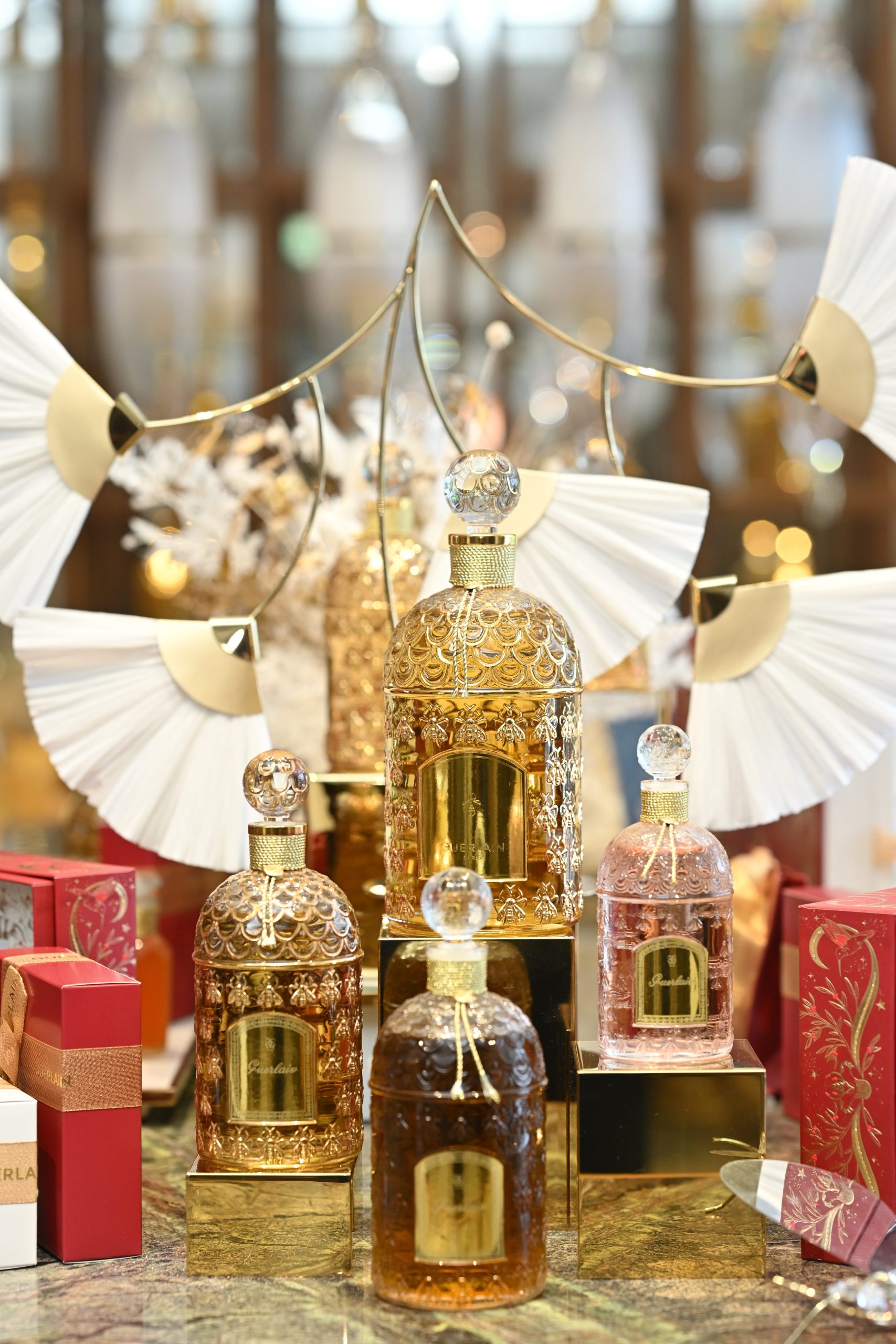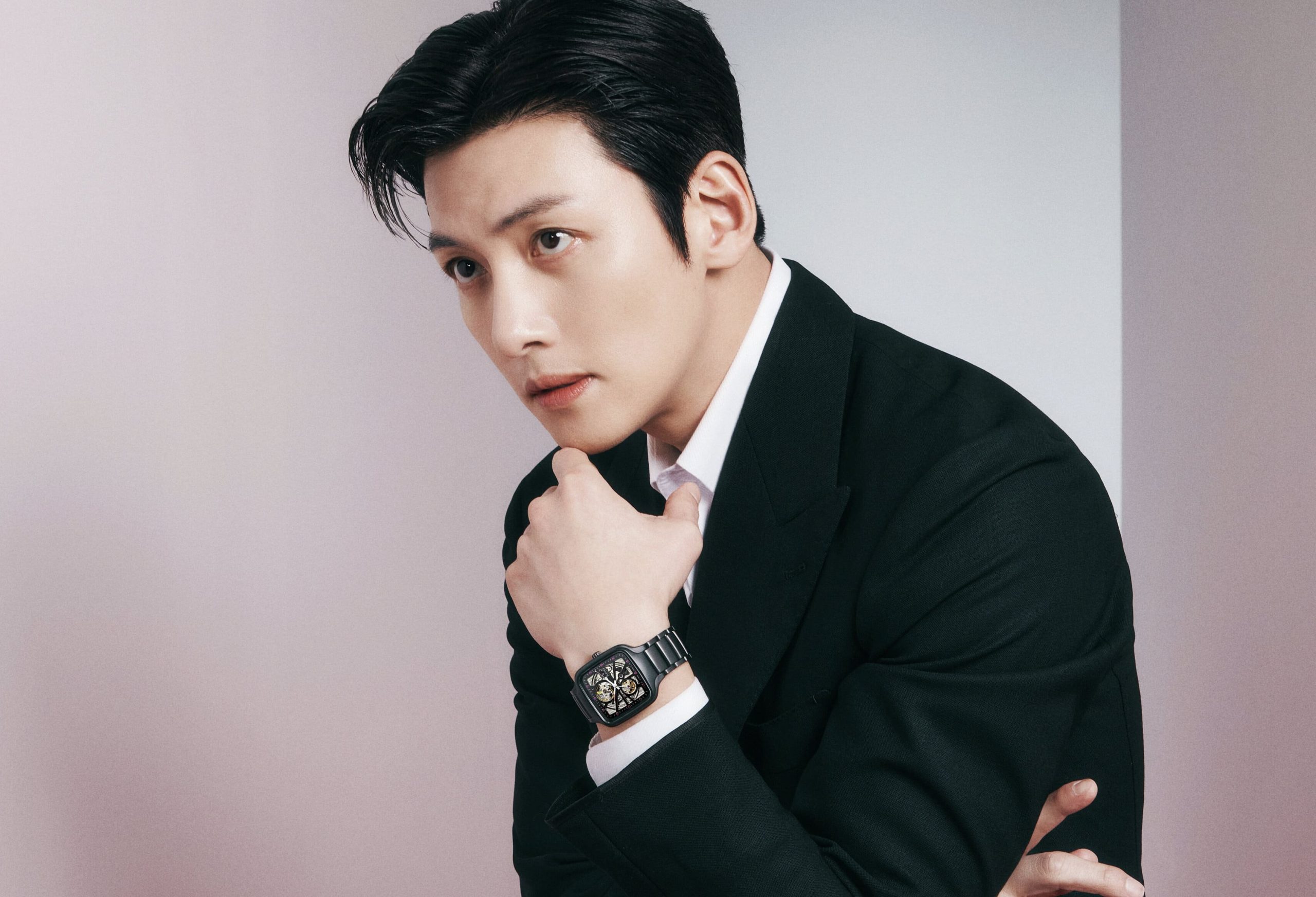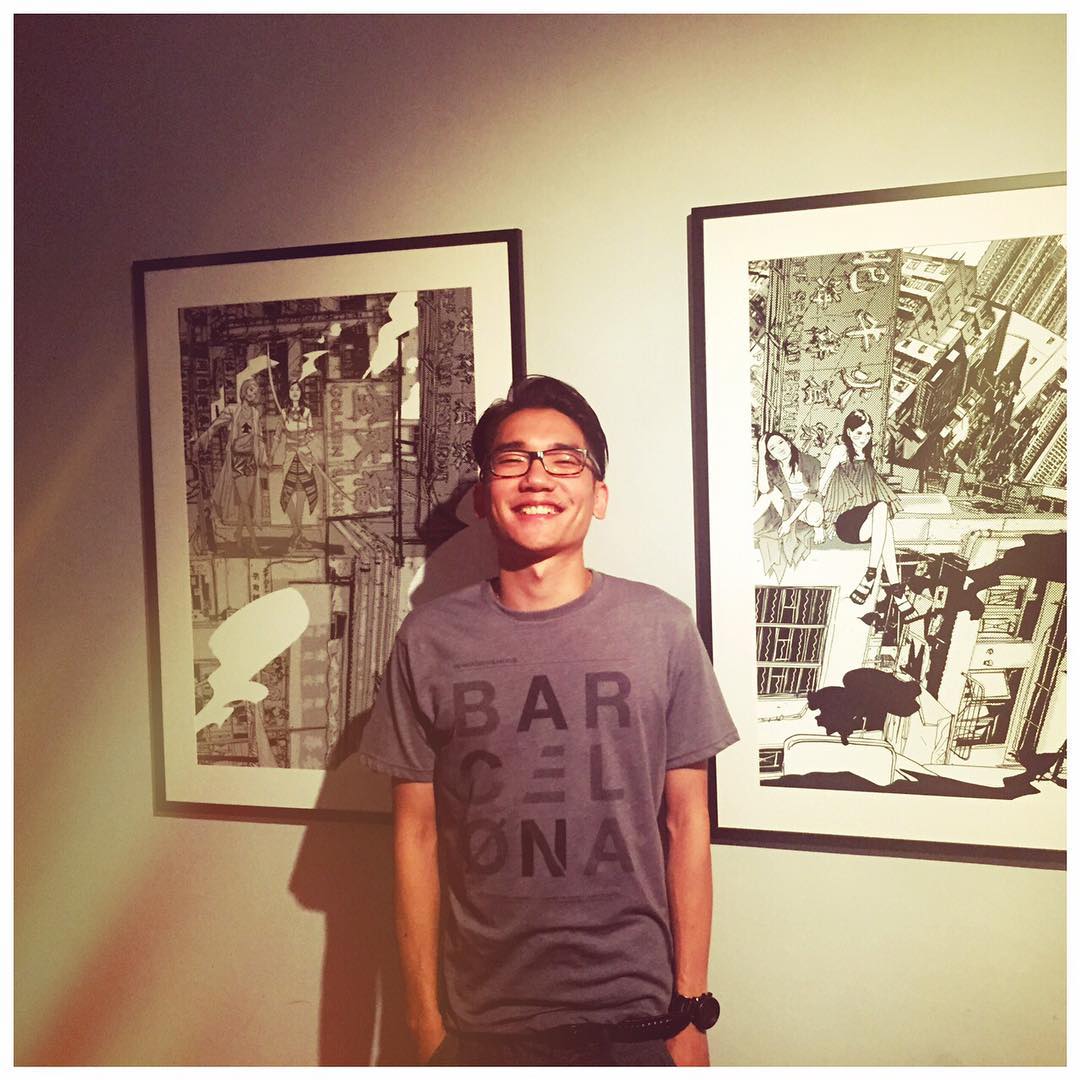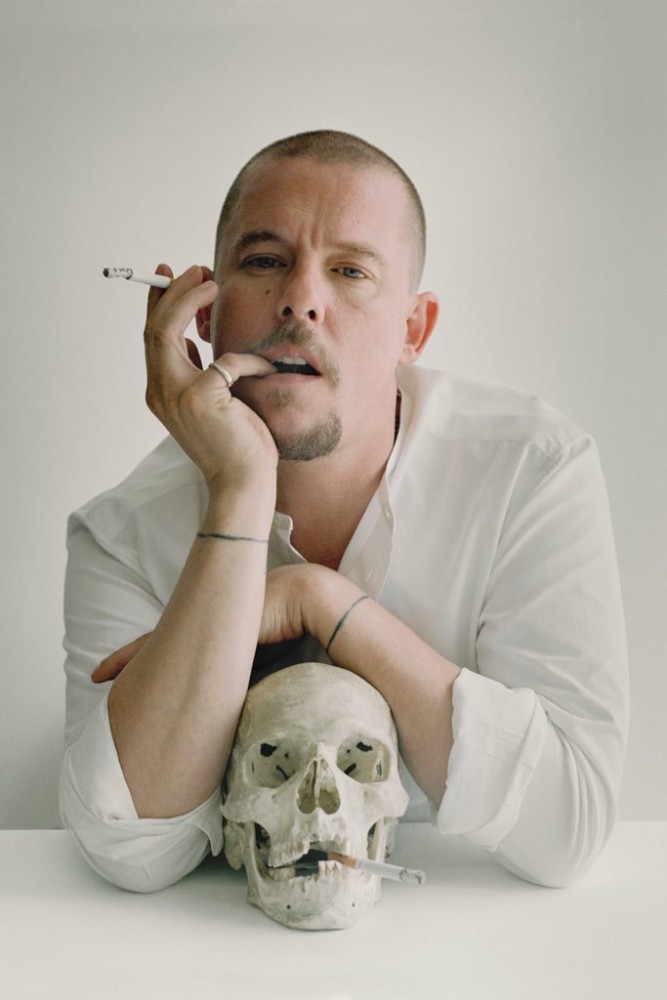
On February 11 2010, the world was shocked by the death of Lee Alexander McQueen, one of the most celebrated designers of our time. Today marks the ten year anniversary of his death, but even if McQueen is not with us anymore, his work and vision still inspire the fashion world to create revolutionary, avant-grade, out of this world creations.
To celebrate his genius, we’ve rounded up the top ten runway moments of McQueen’s extraordinary career.
Jack The Ripper Stalks His Victims, Graduation collection 1992
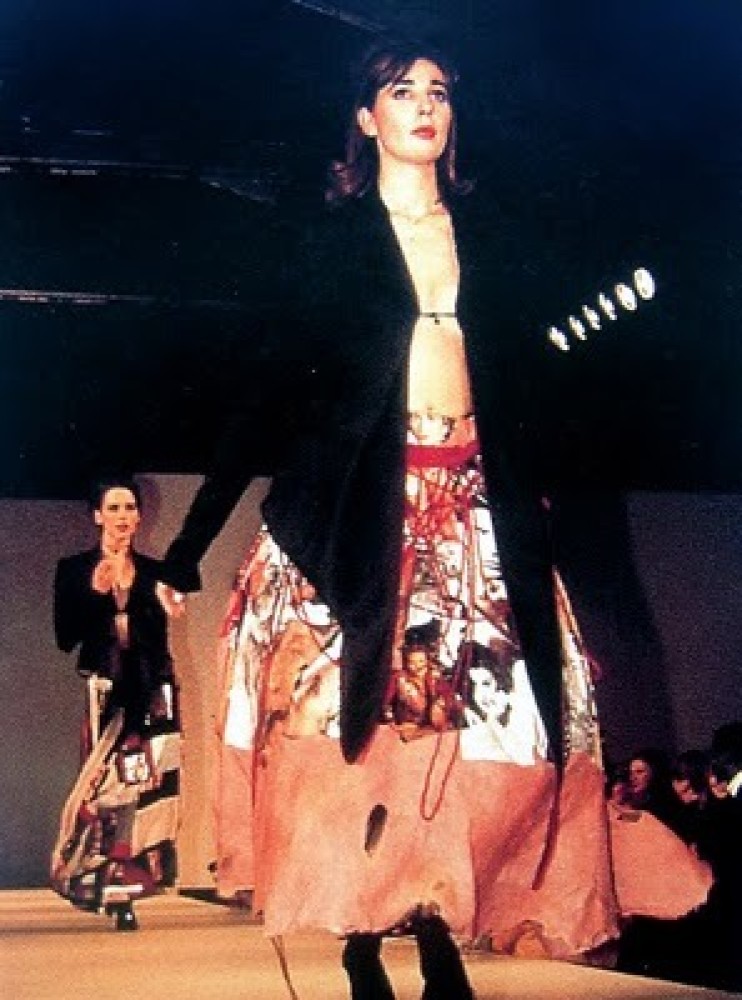
In 1992, McQueen graduated from Central Saint Martins with his collection “Jack The Ripper Stalks His Victims,” inspired by the tragic stories of Jack The Ripper’s Whitechapel victims. This first pivotal moment in his career put him on the radar for many editors, including Isabella Blow, later known to be one of his closest friends and muses. The collection has locks of hair sewed into the garments to reference the practice of prostitutes to sell their hair in the Victorian Era.
Highland Rape, Autumn/Winter 1995
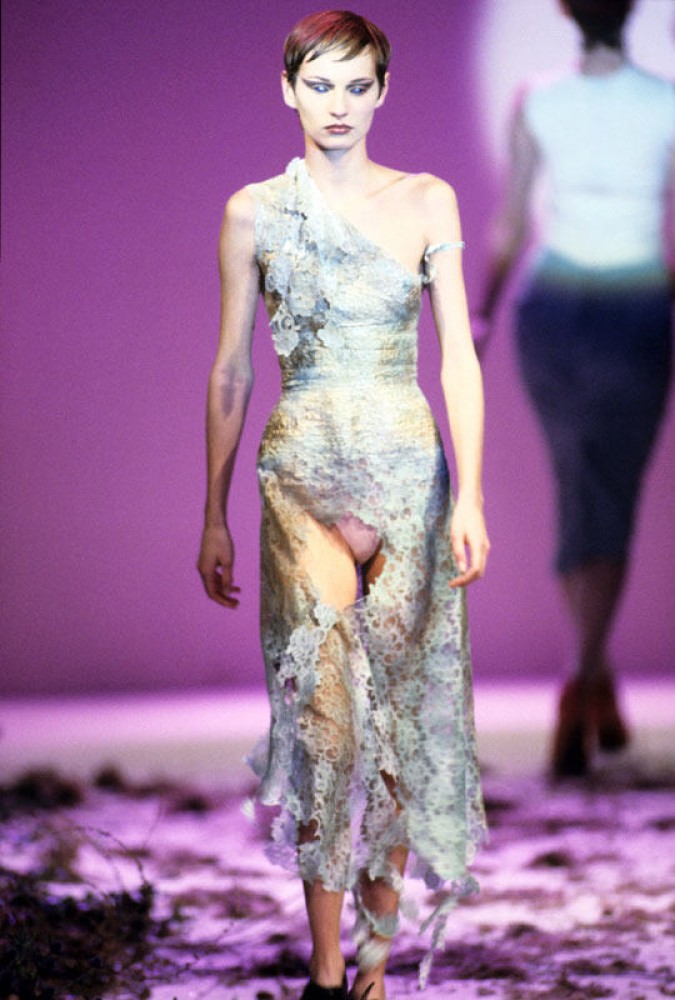
Everything changed for McQueen after his graduation collection. With more resources, he could finally put his unique vision into practice. The AW 1995 collection shocked the whole media world as he mixed traditional Scottish textiles with highly sexualised pieces. The models flashing the audience with the appalling “Bumster skirt” on the runway was one of the main components. “With ‘bumsters’ I wanted to elongate the body, not just show the bum. To me, that part of the body—not so much the buttocks, but the bottom of the spine—that’s the most erotic part of anyone’s body, man or woman,” McQueen explained.
Givenchy Debut, Spring Summer 1997
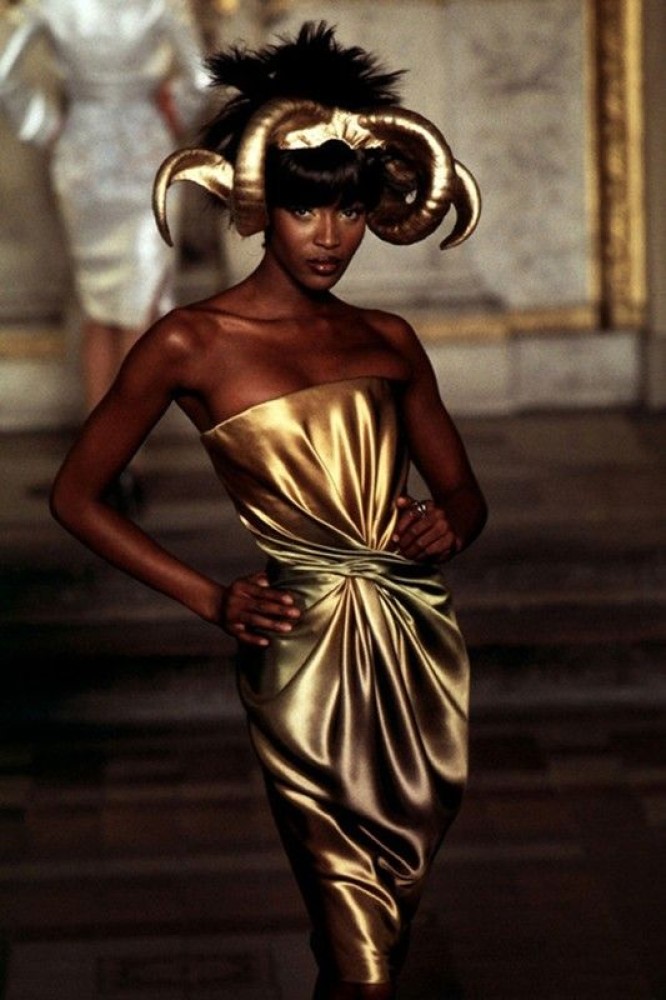
In 1996, at age 28, McQueen replaced John Galliano as the creative director of Givenchy, when Galliano joined Dior in the same role. Both designers debuted their couture shows at the same time. Galliano’s first collection at Dior was hailed as one of the most successful shows of all time, while McQueen’s did not get positive reviews. Five weeks after the show, he told the press that he agreed the show was “crap”. The “accident” ultimately led to the show that changed McQueen’s career forever.
It’s a Jungle Out There, Autumn/Winter 1997
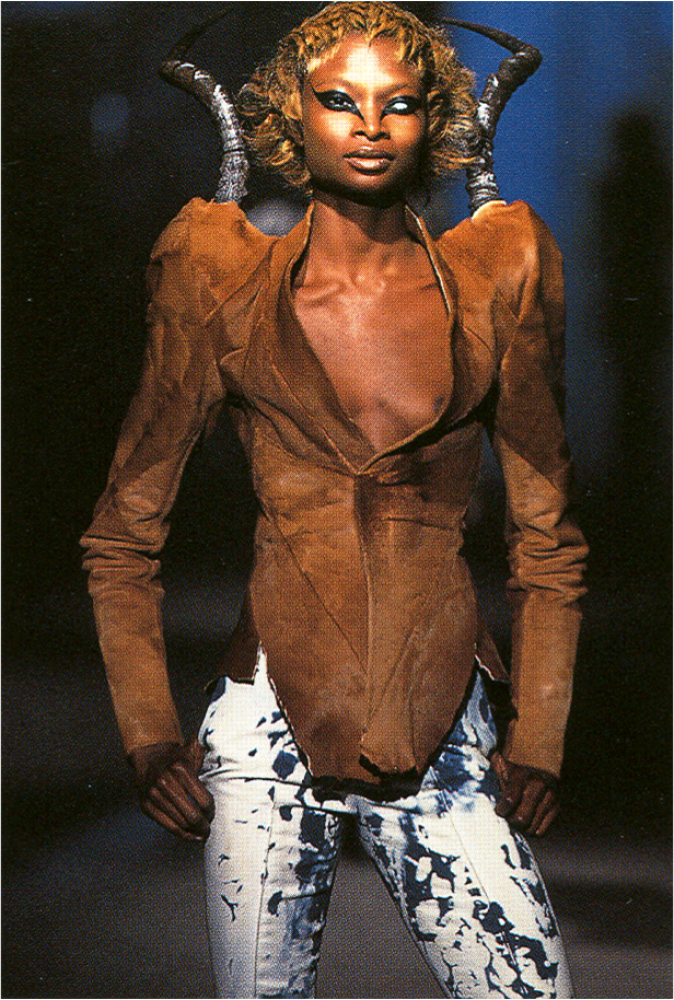
After all the negative reviews he got from the Givenchy debut, McQueen went straight back to London to work on his own label. In five weeks, he made over 100 different outfits to redeem his reputation in the industry with a collection made of boar skin and cowhide. The most iconic moment of this runway, however, was when McQueen shouted “Naomi is cancelled!” as she was late to the final rehearsal.
No. 13, Spring/Summer 1999
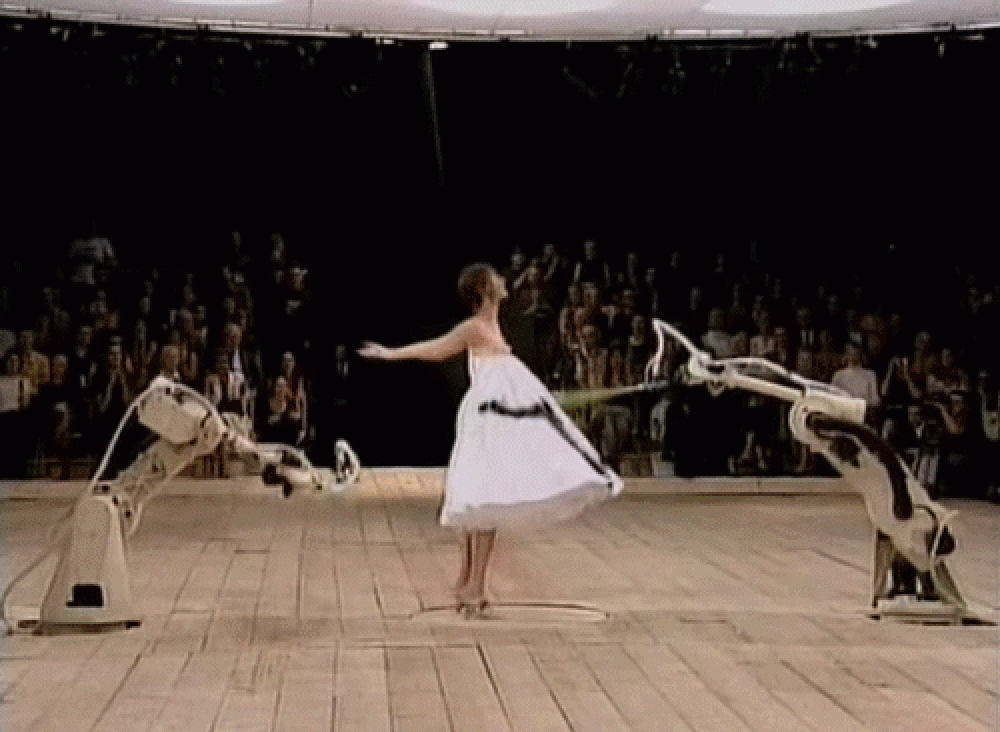
Theatre on the runway was basically what McQueen strived for. For the closing of his Spring/Summer, 1999 Shalom Harlow became a human canvas with robotic arms spraying paint on her perfectly white tulle dress. The designer later explained that this was his way to show the computerised production processes in the fashion industry.
VOSS Asylum, Spring/Summer 2001
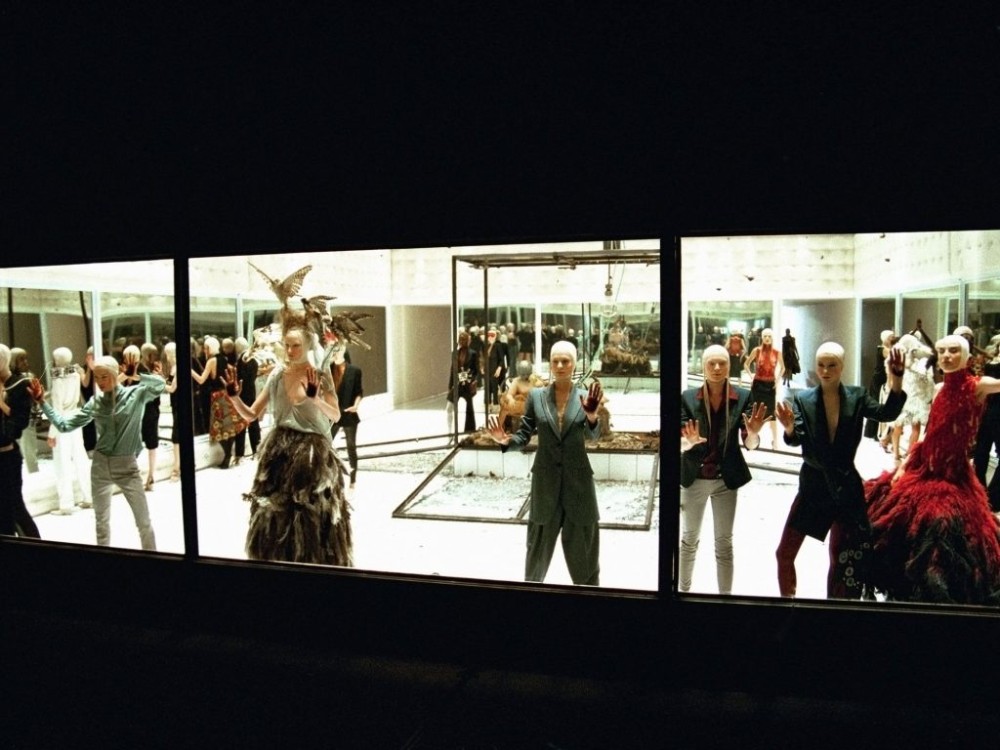
“Disturbing” is probably one the most negative terms you can to refer to a runway show. For McQueen, however, it was the biggest compliment. Known as the most disturbing show of the century, for VOSS Asylum in 2001, the audience was sat around a glass box where models were frantically running around another glass box filled with butterflies and a human body attached to a medical machine. McQueen never fully explained the concept of the show, but people started speculating about the intention of the show, was it to show that everyone has a hidden side? Was it to make everyone tense and focused on the movement of the models or was it another move to just catch people’s attention? This will forever remain a mystery.
It’s Only A Game, Spring/Summer 2005
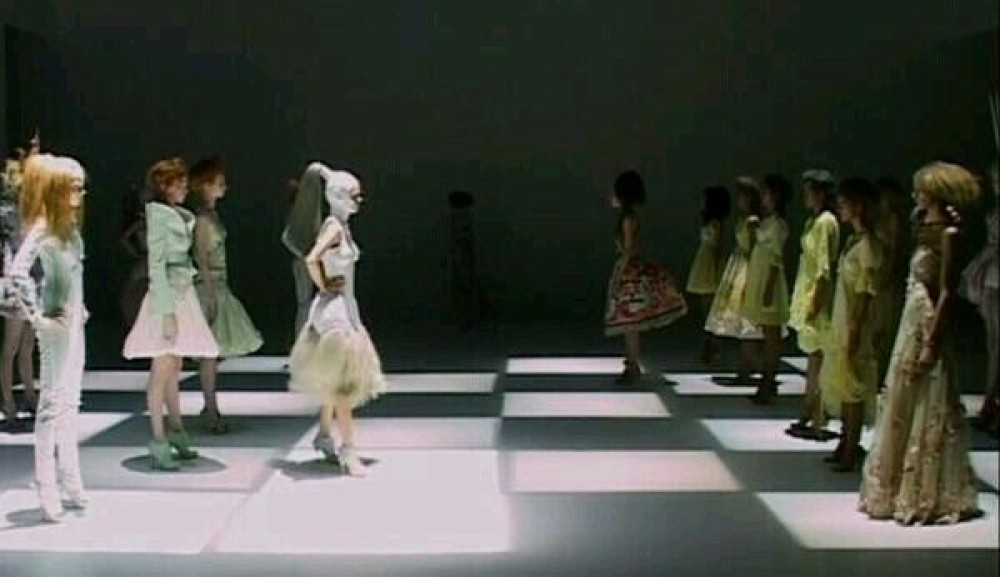
This show was as a human size chessboard where models moved according to the robotic voicing commands with Savile row craftsmanship, Edwardian ruff necklines, and fairytale-like dresses. Each garment was placed to mimic the silhouettes of an actual chess piece. With the collection titled “It’s Only A Game,” most critics took it as an offensive and rebellious stance against the fashion world.
Widows of Culloden, Autumn/Winter 2006

This particular collection was inspired by his mother, according to the documentary McQueen that debuted in 2018 at The Tribeca Film Festival. his mother Joyce was a nature lover that slowly made McQueen observe and appreciate the world around him. He would watch the kestrels outside the kitchen window of his family home returning to their nest every spring and, later in his adult life, he would participate in practicing falconry at Isabella Blow’s country estate, where he turned his childhood into a runway fairytale. The moment that made this runway memorable was when a hologram of Kate Moss emerged as the finale of the show.
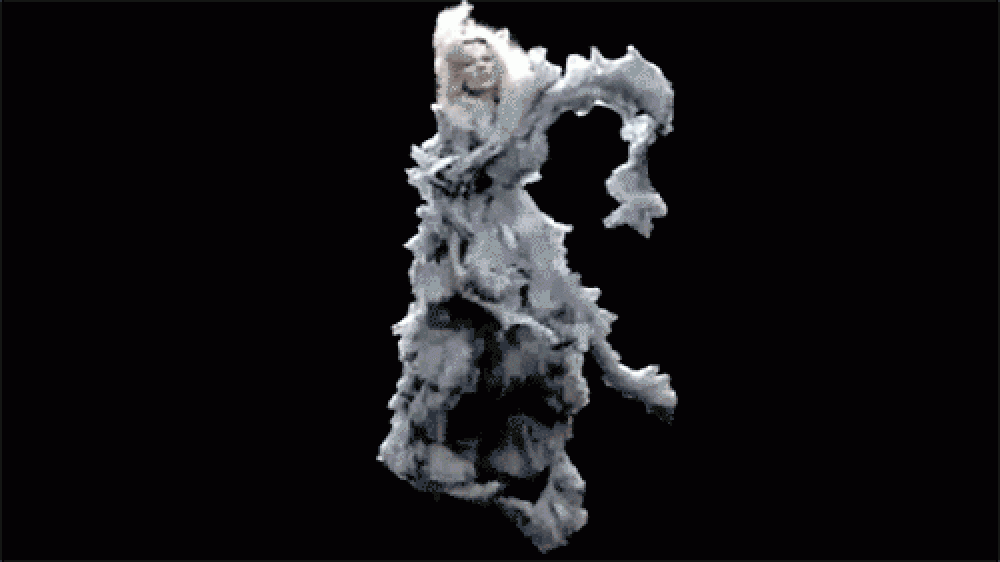
The Horn of Plenty, Autumn/Winter 2009
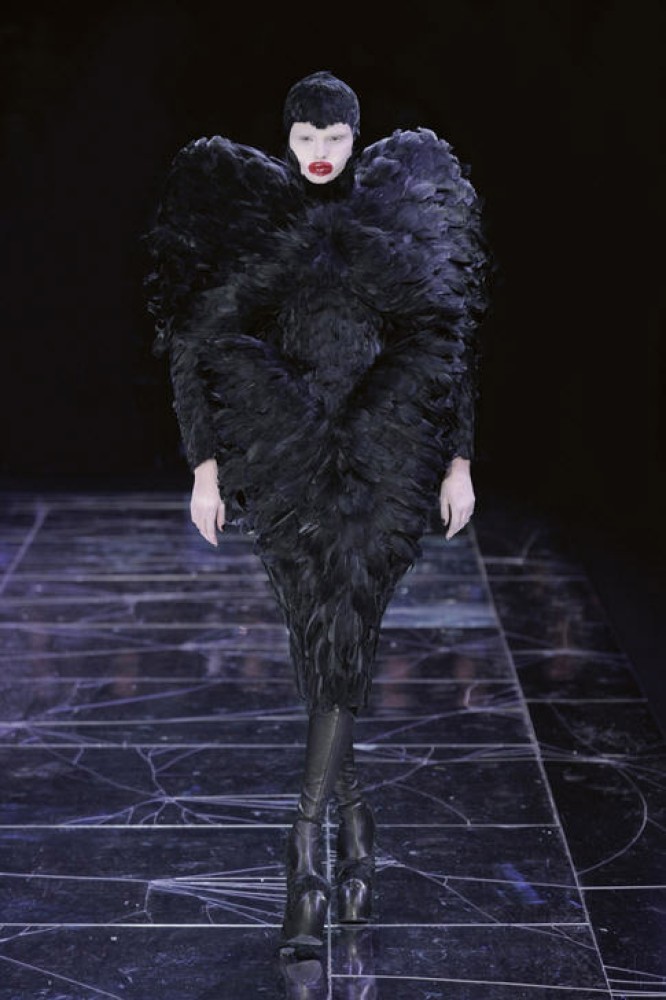
In 2009, when global recession resulted in a widespread economy crisis, McQueen took the opportunity to play around with the concept of greed and excess through this collection. He showed his love and hate of couture fashion, with recycling props from his old shows and creating ballgowns of extravagant proportions with rare materials like bird feathers to create the contrast.
Plato’s Atlantis, Spring/Summer 2010
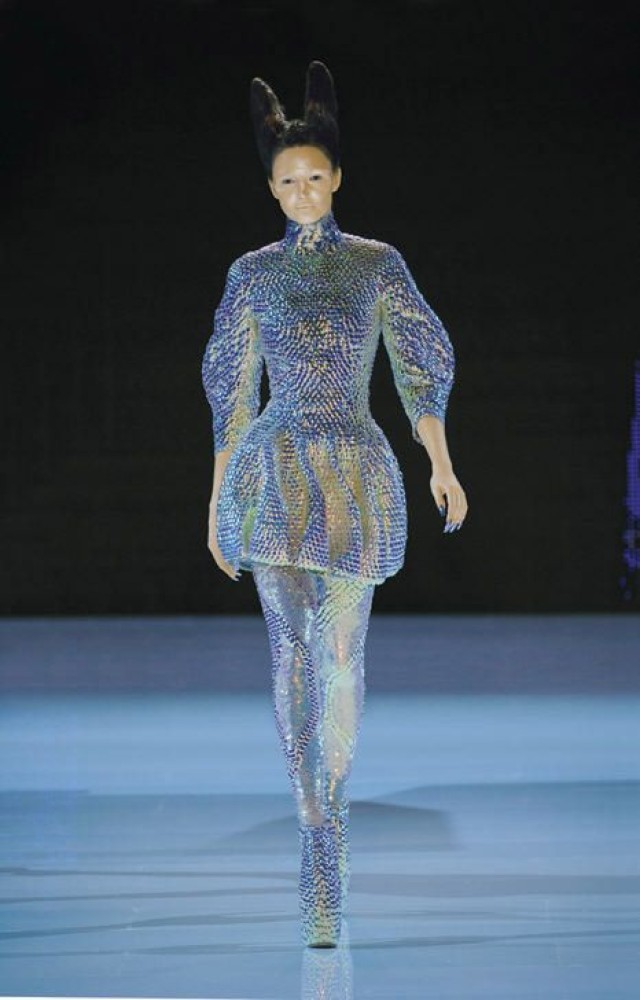
McQueen’s final runway before his death became known as the greatest collection of his career. In Plato’s Atlantis, returned to his forever occurring theme of nature. The title of the collection took inspiration from a fictional island created by Greek philosopher Plato. It was described as an island that’s being submerged by the ocean, forcing the human species to adapt and evolve into amphibians.
There were a few elements that made this show timeless and iconic. First, it was the first-ever fashion show to be live-streamed online. Second, it was his last ever complete production. Third, it was the first-ever collection to master the technique of digital printing. Last but not least, the iconic “armadillo boots,” which mimic the morphed feet of humans into animalistic forms.


